Say you run a thriving online store; you’ve invested in a stunning website and driven traffic with marketing. Yet, shoppers still leave after buying just one item or none at all. What’s missing? For many retailers, the answer is eCommerce recommendation engines that turn casual browsers into loyal, high-value customers through smart personalization.
For most eCommerce companies, the solution is in eCommerce recommendation engines. These intelligent systems study shopper data and habits and recommend items each customer will likely purchase; quite often with incredible results. In fact, 56% of shoppers are likely to come back to an eCommerce site if product recommendations are given, and 74% feel frustrated if content is not personalized. That’s why more retailers are turning to eCommerce predictive analytics consulting to implement personalization strategies that convert. Clearly, personalization isn’t just a perk anymore, it’s expected.
In this blog, we’ll dive into what eCommerce recommendation engines are, how they work, the types of recommendation systems, and how these AI-powered recommendation engines boost sales through upselling, cross-selling, and enhanced customer experience.
Let’s unlock the power of the eCommerce product recommendation engine and see how it can transform your online store’s performance.
What are eCommerce Recommendation Engines?
eCommerce recommendation engines are computer programs that apply algorithms and data analysis to recommend products to individual customers. Essentially, they act as your virtual store’s personal shopper or sales assistant. Rather than browsing a huge catalog manually, customers get dynamic recommendations such as “Customers who viewed this also viewed” or “Recommended for you” from analyzing their individual interests.
These engines utilize AI recommendations and machine learning to examine data such as a user’s previous purchases, items browsed, cart contents, search queries, and even demographic or contextual data, in an attempt to guess what the user may want next.
The objective of an eCommerce recommendation system is simple, put the correct product in the right customer’s hands at the right time. In doing so, it provides a tailored shopping experience for every user. This type of personalization can have a huge impact on customer satisfaction and loyalty.
Research shows that shoppers now expect tailored experiences, 71% of consumers expect companies to deliver personalized interactions, and 76% get frustrated when this doesn’t happen. (mckinsey)
In other words, not personalizing means leaving revenue on the table and increasing the risk of churn. Predictive churn modeling in eCommerce helps identify which users are likely to disengage so you can personalize offers before they leave. Done well, recommendations make customers feel heard and appreciated. It’s like having an informed sales associate online 24/7 who already knows what you want before you do.
Recommendation Engine Impact on Brands

From a commercial standpoint, having a personalized recommendation system is an effective means of enhancing key metrics. It can raise the average order value via upsells and cross-sells, enhance conversion rates, and promote repeat buying.
In eCommerce, there can be a difference between stagnation and rapid growth. In the next sections, we’ll explore how these engines work behind the scenes and why they have such a big impact on sales.
How Do eCommerce Recommendation Engines Work?
So, how does an AI product recommendation engine actually determine what to display to each shopper? Behind the scenes, most eCommerce recommendation engines use a similar process, integrating data analytics with machine learning algorithms.
Here’s a rundown of the major components and steps in the process:
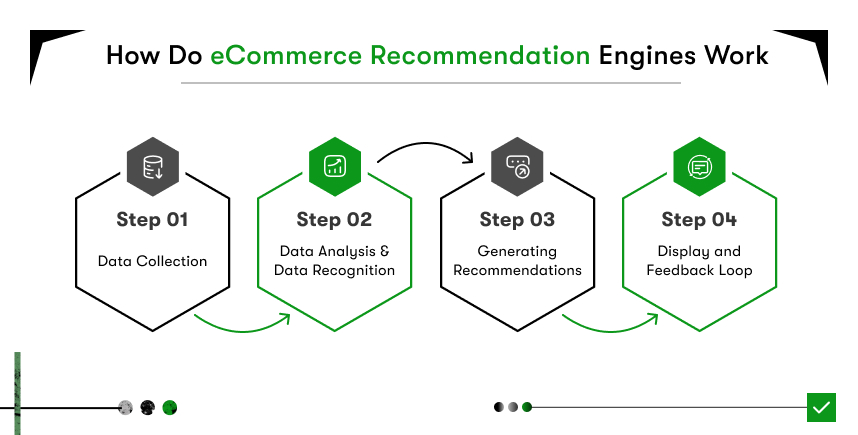
Step 1: Data Collection, where every interaction is tracked
The engine begins by collecting data on both users and products from various sources.
It includes:
Explicit data:
- Purchase history
- Product ratings
- Reviews
Implicit data:
- Browsing activity
- Click patterns
- Time spent on pages
- Search queries
- Items added to cart or abandoned
Omnichannel tracking:
- Website
- Mobile app
- Email interactions
- Even social media signals
Step 2: Data Analysis & Pattern Recognition, find what matters
Once data is collected, the system applies AI and statistical models to identify valuable patterns.
What it does:
- Finds associations (e.g., users who buy A often buy B)
- Clusters user behaviors and preferences
- Builds user profiles and product profiles
Detects:
- Similar users
- Related products
- Buying trends
This step often involves model training, especially in AI-powered recommendation engines.
Step 3: Generating Recommendations, make it personal
Using the recognized patterns, the engine now predicts what each user wants next.
It can recommend:
- Similar products (based on user browsing or purchase history)
- Complementary items (e.g., phone + case)
- Trending/popular products among similar users
Real-time personalization examples:
- Viewed a smartphone? → Suggest an upgraded model or accessories
- Shopped running gear before? → Show new arrivals in activewear
Recommendations are scored and ranked by relevance, so users see the most appealing items first.
Predictive analytics in eCommerce enables data-driven insights that fuel growth, optimize campaigns, and improve customer satisfaction.
Step 4: Display & Feedback Loop, learn from every click
Recommendations are placed strategically across the customer journey:
- Homepage: Recommended for you
- Product pages: Customers also bought
- Cart page: You might also like
- Emails: Personalized product suggestions
Then comes the feedback loop:
- Did the user click the suggestion?
- Did they ignore or remove it?
- Did they buy?
The engine refines future suggestions based on these signals, adapting session by session.
Step 5: Continuous Improvement, always learn and always test
Great ecommerce recommendation systems don’t stay static.
Ongoing enhancements include:
- Batch updates: Models retrained regularly (e.g., nightly)
- Real-time adjustments: E.g., boosting a product if it suddenly becomes popular
- A/B testing:
- Comparing different algorithms (collaborative vs. content-based)
- Testing recommendation placements and formats
Performance is measured by:
- Click-through rate (CTR)
- Conversion rate of recommended products
- Overall revenue uplift
The result? A smarter, sharper shopping recommendation system that evolves with your users and products.
In short, eCommerce recommendation engines function by gathering data, identifying patterns, forecasting customers’ desires, and learning from customer interactions continually. They depend greatly on artificial intelligence to interpret massive datasets and to enhance their predictive power over time.
Next, we’ll explore the different types of algorithms and approaches that power these engines, as not all recommendation systems work the same way.
What Types of eCommerce Recommendation Engines Exist?
There is no single solution to the recommendations. Data scientists and engineers over the years have come up with different techniques for recommendation engines with their own pros and cons, and best suitability. When discussing types of ecommerce recommendation engines, we’re often talking about the underlying algorithm or filtering method.
Here are the key types of ecommerce product recommendation engines:
1. Collaborative Filtering Systems
Collaborative filtering is among the most widely used methods of producing product recommendations. It assumes that users who behave in similar ways will like similar things. There are two broad categories:
- User-based filtering identifies users with similar tastes and suggests products they have liked.
- Item-based filtering finds items that are frequently purchased or rated together, then suggests similar items.
This method doesn’t need product attribute knowledge, only behavioral data making it excellent at discovering surprising relationships; e.g., individuals who purchase Strategy Game A also purchase Sci-Fi Novel B.
But collaborative filtering has a cold start problem, it’s difficult to recommend to new users or new products since there is little data. Therefore, it is usually combined with other techniques.
2. Content-Based Filtering Systems
Rather than depending on similarities between users, content-based engines concentrate on the product’s characteristics and the preference profile of the user. The system queries: What has the user liked, and what’s similar to that?
It assesses:
- Product attributes such as brand, category, color, material
- User activity such as views, buys, likes
For example, a viewer of spy thrillers will be shown more content with the same theme. In eCommerce, if a person frequently purchases organic skincare products, the system will suggest other “organic” labeled products.
This approach is effective even in a user’s initial session and does not suffer from cold start problems on the user side. However, it can become too narrow suggesting similar products only and losing out on cross-domain findings.
3. Hybrid Recommendation Engines
Hybrid systems integrate content-based and collaborative approaches to offer improved performance. Such systems can:
- Execute the two algorithms simultaneously and combine outputs
- Employ business logic to score recommendations according to context
A hybrid engine could, for instance, display a product because it is liked by similar users and another because it has features with the user’s previous interest.
Hybrids combine the strengths of both worlds, collaborative filtering provides serendipity, and content-based provides relevance. They’re also more resistant to cold start issues and are popular in use by platforms such as Amazon, Netflix, and YouTube.
4. Context-Aware & AI-Powered Engines
Modern engines go beyond traditional methods using:
Context-aware recommendations:
Customize recommendations based on session context such as time, location, device, or weather. A user searching in a frigid morning in Canada could be presented with winter clothing rather than summer fashion.
Advanced AI models:
Employ deep learning to discover intricate dependencies and personalize at scale. Such systems could employ:
- Sequential models like RNNs and Transformers are used to forecast next probable actions
- Embedding methods to align users and products in a subtle vector space
Knowledge-based systems:
Embed business logic and domain knowledge. Example: When a user purchases a printer, the engine recommends compatible ink. Retailers tend to use rules to increase profit margins or prevent mismatched recommendations.
In summary, there are various types of product recommendation engines, but the best approach for an eCommerce business highly depends on its availability of data and specific needs. Often, using a hybrid or multi-faceted system yields the strongest results, covering each method’s weaknesses with another’s strengths.

How Do eCommerce Recommendation Engines Boost Sales?
We’ve talked about what recommendation engines are and how they work, now let’s get to the heart of the matter for business owners: How do these engines actually boost sales and revenue? The impact of a well-implemented eCommerce recommendation engine can be dramatic and measurable.
Below are the primary ways in which recommendation systems increase sales, supported by examples from the industry and statistics:
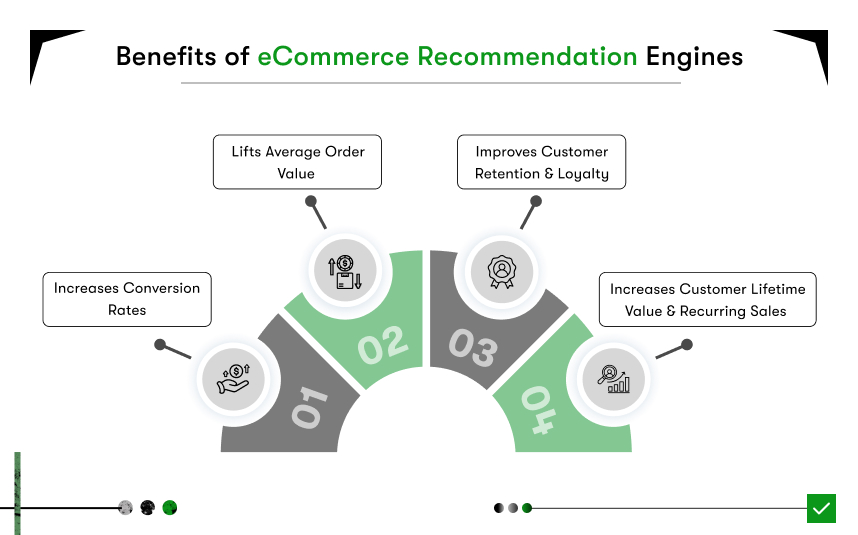
1. Increasing Conversion Rates
Recommendation engines assist more of your visitors in becoming buyers by bringing relevant products to their attention that they’ll likely buy. Rather than the shopper browsing and potentially leaving with nothing, the site actively introduces appropriate options into their path. This really ramps up conversion. By steering customers to products that meet their needs or capture their attention, the engine minimizes the purchase path. It’s as if having a professional salesperson who knows immediately what products to recommend so the purchase decision is simplified.
Even a small conversion rate improvement can equate to significant revenue gain on thousands of site visitors. Many eCommerce sites see conversion lift anywhere from 15% to 45%, thanks to personalized recommendations.
2. Lifting Average Order Value
Product suggestions are a natural path to upselling and cross-selling. For instance, if the customer is looking at a mid-range phone, an upsell suggestion could be the newest premium model with added features, whereas a cross-sell could display phone cases or earbuds to accompany it. These strategies boost the basket size. Upsells reap bigger revenue per deal, while cross-sells keep customers not purchasing one unit but a group.
Consider Amazon product pages and their traditional “Frequently Bought Together” combo, this accounts for millions of add-on transactions. Retailers like Amazon attribute referrals to the bulk of larger orders, while other industry titans experience a similar impact.
Best Buy, for instance, saw a 23.7% increase in sales after using recommender systems, largely by guiding customers to higher-rated or complementary products. (superior data science)
3. Improving Customer Retention and Loyalty
When your store regularly exposes visitors to products they adore, it makes the experience more engaging. Consumers will return for the personal touch. This drives customer lifetime value over time. An excellent recommendation engine can become a “hook” to draw people back. Personalization has a strong correlation with loyalty; one study found 56% of customers will return to a site that offers tailored product recommendations.
By showing that you understand each customer, you build an emotional connection and trust. Over time, loyal customers make more purchases and are less price-sensitive because they value the experience. That’s also why many retailers are now exploring Predictive Analytics to Reduce Cart Abandonment; a crucial area where personalization and timing can make the difference between a lost sale and a loyal buyer.
4. Increasing Customer Lifetime Value and Repeat Sales
Particularly to retention, recommendation systems can induce repeat buys through continual personalization. For instance, following a transaction, an engine can send a follow-up “You may want to buy these items” type of email or display returning guests new arrivals of their style. Netflix, although not eCommerce, is a prime example of driving engagement; 75% of what people watch on Netflix comes from recommendations, saving the company an estimated $1 billion per year by keeping users subscribed longer.

In terms of retail, maintaining the customer interest in your site through personalized recommendations translates to them shopping more often and remaining. It’s much less expensive to retain and expand an existing customer than to obtain a new one, and recommendation systems are a very important tool for extracting each customer’s maximum long-term value from the store.
5. Maximizing Discoverability of the Catalog
Another sales increase is derived from assisting customers to find more of your product inventory. Most online stores possess a long “tail” of products that a particular customer may never stumble upon by themselves. Recommendation engines are great at bringing those gems to the surface.
For example, a customer who visited to purchase a particular book may receive recommendations for lesser-known books in the same category, thereby selling products that would otherwise remain unseen.
Amazon’s “Customers who bought this also bought” is well-known for driving incremental sales of books and products up and down that long tail, recommending. Strategic recommendations in eCommerce now account for more than 30% of revenue on average as they expose customers to more relevant products. By intelligently suggesting products, you can increase the sales of not just your top 10 popular items, but across the board.
6. Enhanced Customer Experience = More Sales
Ultimately, a lot of the impact on sales comes down to a better shopping experience. An eCommerce site with an effective recommendation engine feels personalized and easy. Consumers don’t need to work so hard to locate what they want, or they stumble upon things they didn’t realize they wanted but are happy to purchase. That positive experience then translates into increased customer satisfaction, which is a correlation with increased conversion and sales.
Conversely, a page with no suggestions or bad ones can have a generic feel and lose consumer interest. By lessening decision fatigue and making shopping a feeling of curation, recommendation engines increase dwell time and keep consumers on the site and in a purchasing frame of mind. Bounce rate decreases, time-on-site and pages per session increase, all sales precursors. A personalized, frictionless experience with AI-driven guidance can substantially increase your eCommerce sales without increased marketing investment, merely by improving the on-site experience.
To sum up, eCommerce recommendation engines boost sales by converting more shoppers, increasing the size of each order, and fostering loyalty for repeat business. When combined with product demand forecasting, they also help businesses stay ahead of inventory needs, ensuring popular items are always in stock when customers are ready to buy.
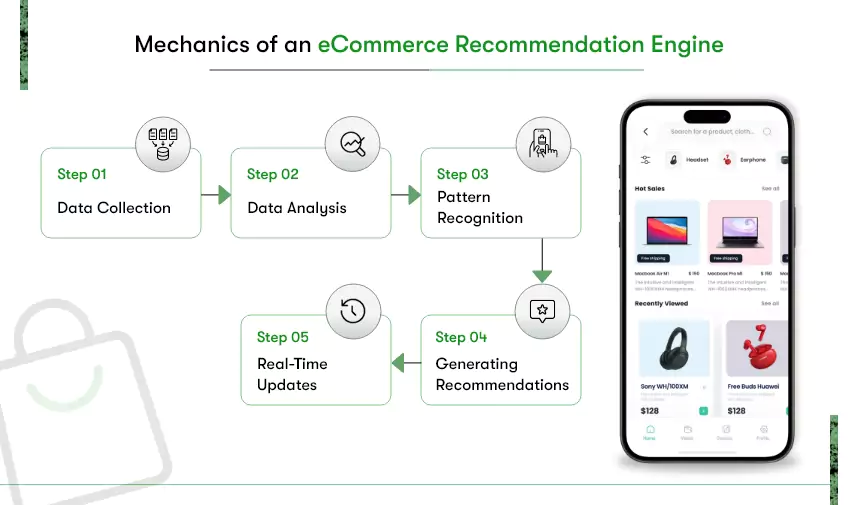
How Can You Implement an eCommerce Recommendation Engine in Your Business?
By now, you likely see the value of integrating a product recommendation system but how do you actually implement one?
Here’s a step-by-step guide to help you get started strategically and effectively.
Step 1: Evaluate Your Data and Tech Stack
Begin by evaluating the information you currently gather such as purchase history, product metadata, web metrics, and user interactions such as clicks or minutes spent. Your system is only as strong as the data you put into it. Tools such as Shopify or Magento might have pre-installed AI suggestions or add-ons. If you’re not sure how to make sense of your data, it’s worth talking to an eCommerce predictive analytics consulting partner who can audit your data readiness and develop a roadmap.
Step 2: Build or Buy? Decide Your Implementation Path
You have two main choices:
- Build a custom engine with help from an eCommerce app development company if you want full control and technical resources.
- Use third-party solutions or plug-ins with minimal setup, ideal for faster go-to-market.
Custom solutions offer deep personalization but need ongoing engineering support. Third-party SaaS tools let you simply paste a script and start getting AI-driven recommendations instantly, which is great for small to mid-size businesses.
Step 3: Integrate Seamlessly with Your Store
Once chosen, integrate the recommendation engine into key touchpoints:
- Homepage: Recommended for You
- Product pages: Customers Also Bought
- Cart page: You Might Also Like
- Emails: Personalized product suggestions
Pilot test with a segment of your site to gauge performance prior to scaling. Make sure the recommendation widgets blend with your brand design and do not seem intrusive. In the case of mobile apps, follow an eCommerce app development guide to optimize UI/UX integration.
Step 4: Use A/B Testing and Analytics
Don’t set it and forget it. Run A/B tests to evaluate:
- Layouts (carousel vs. list)
- Labels (“Trending” vs. “You May Like”)
- Number of items shown
Monitor KPIs like CTR, conversion rates, and revenue from product recommendations. Utilize this to iterate and enhance. Pair with strategies like dynamic pricing in eCommerce to present tailored product–price combinations in real-time.
Step 5: Go Beyond Products with Full Personalization
Expand personalization beyond product recs:
- Tailor email campaigns by behavior
- Reorder site categories based on interest
- Display dynamic banners
Pairing AI recommendations with strategies like AI in eCommerce and churn modeling boosts overall user engagement. Always remain transparent users appreciate knowing why a product was recommended.
Step 6: Plan for Cold Start Problems
For new users or products, use fallbacks:
- Show popular or seasonal items
- Pre-tag new products to align with user interests
Ensure there’s always something relevant, even when personalization is still ramping up.
Step 7: Maintain and Evolve Your System
Track for anomalies and solicit feedback through thumbs-down or “Not Interested” buttons. As you expand, improve algorithms, add new data such as loyalty or in-store purchases, and regularly revisit with experts to remain competitive.
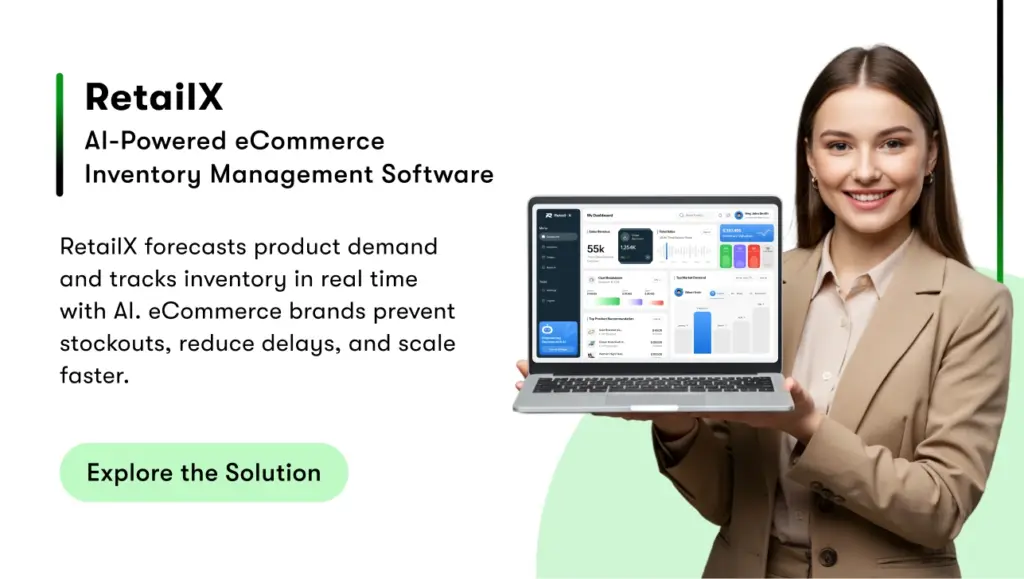
Final Thoughts- Personalize or Perish
eCommerce recommendation engines are at the forefront of this personalization wave. They combine the power of data and AI to create shopping experiences that feel bespoke for each user, which in turn drives significant sales and loyalty outcomes. We’ve seen how these systems work, from crunching customer data to deploying algorithms that learn and improve continuously. We’ve also seen the tangible impact that is higher conversions, bigger baskets, and happier, returning customers.
When it comes to implementing eCommerce recommendation engines, selecting the right eCommerce app development company matters. Kody Technolab Ltd is the go-to trusted expert. Backed by a strong history in AI-driven recommendation engines and experience in delivering customized, data-driven solutions, Kody makes sure your business taps into the maximum potential of personalization to drive sales and customer loyalty.
Our group of technical experts and strategic thinkers provides complete support from eCommerce predictive analytics consulting to smooth integration and optimization. Joining hands with Kody Technolab is to experience cutting-edge technology, expert advisory, and customized solutions designed to yield measurable growth and sustainable competitive edge.

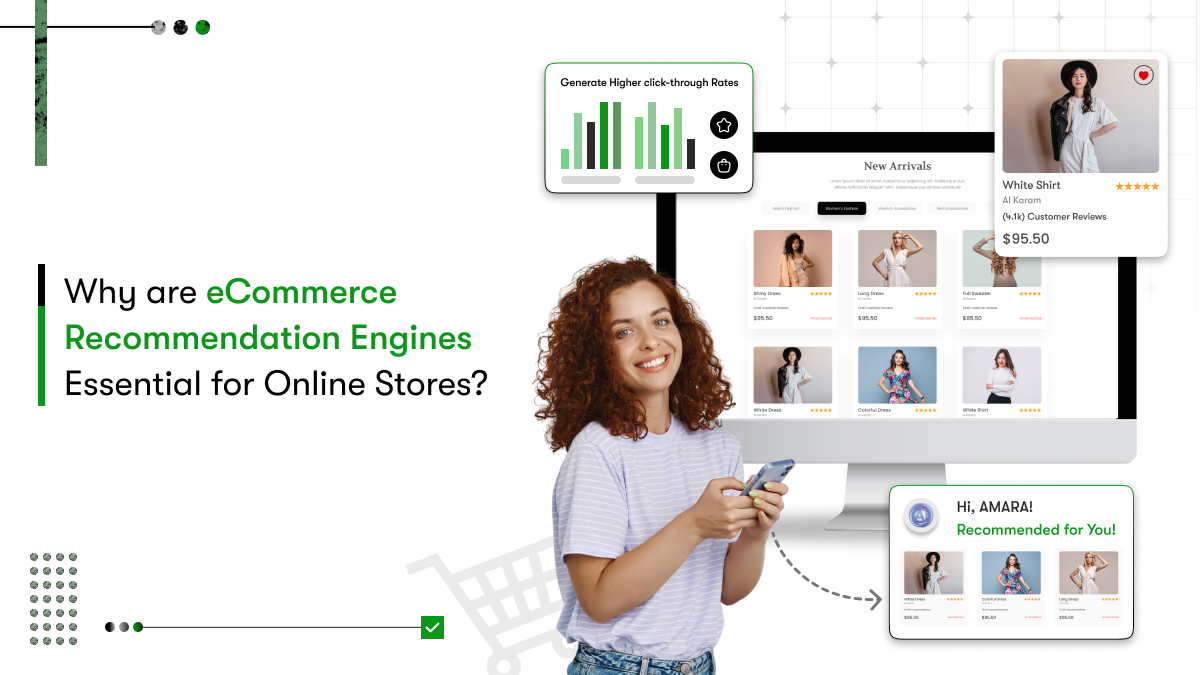
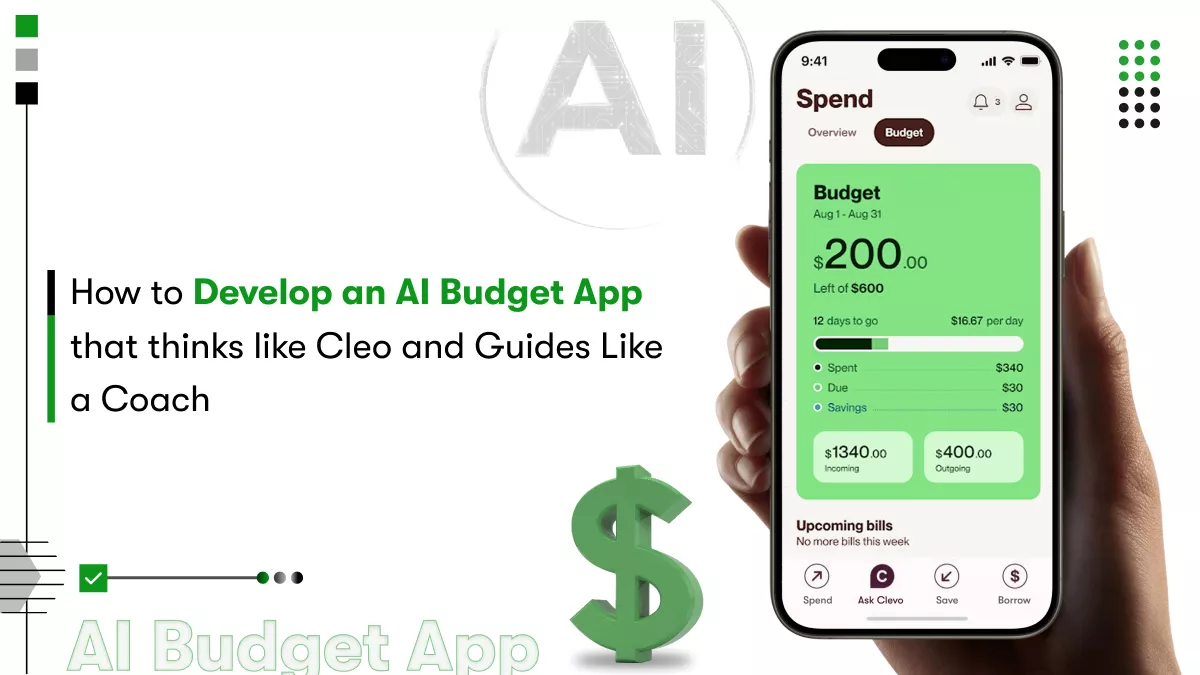

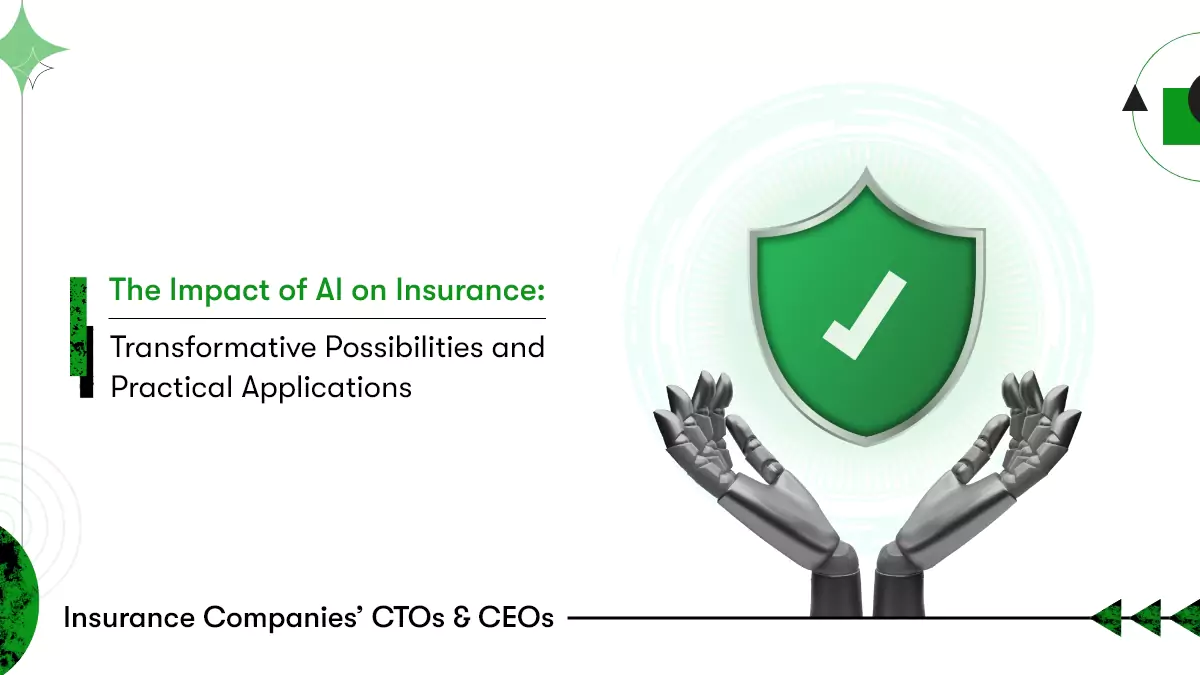

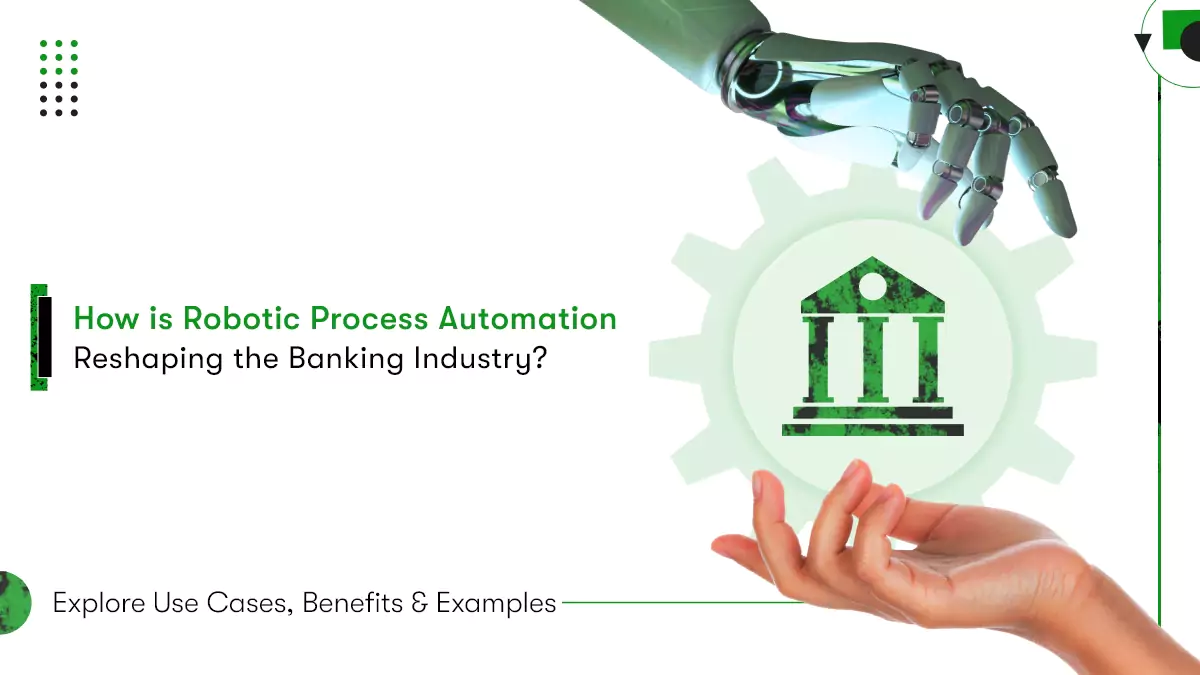






 Contact Information
Contact Information